Bigger Towns, More Population
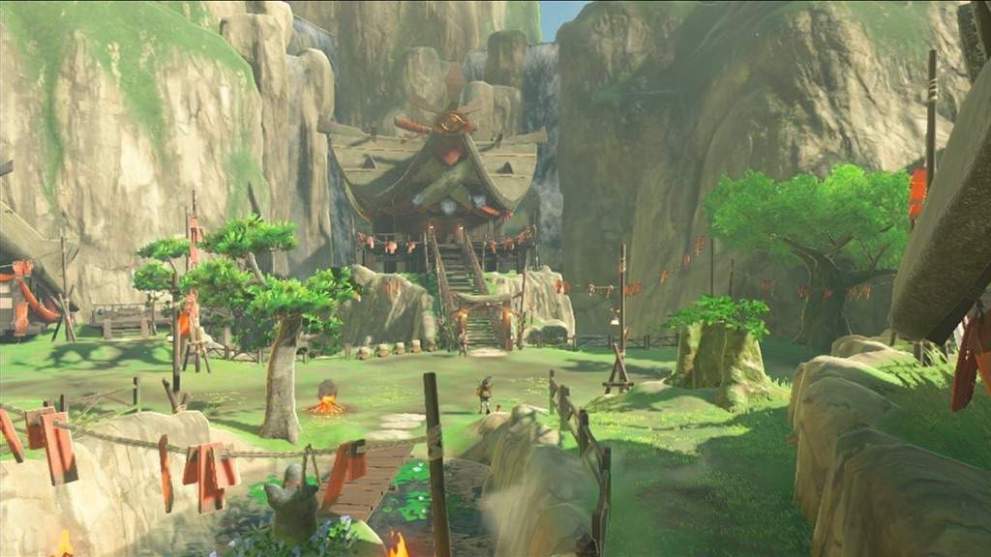
The Legend of Zelda: Breath of the Wild is often criticized for the emptiness of its open world in comparison to other games in its genre. Personally, I’ve always admired how the game uses its deserted landscape to make each new discovery feel special.
I actually adore the lack of clutter, which I sometimes think works against games like Assassin’s Creed Odyssey. Not to mention, the deserted expanses of Hyrule correlate with the overall theme of being out in the wilderness.
That all being said, the lack of population is something of a disappointment to me. In the context of the game’s story, it does make sense, of course, but I would have loved some larger towns with more bustling populations to explore.
Imagine how brilliant it would be to see Hyrulian city dwellers going about their day to days in urban areas similar in size and appearance to, say, those found in a Dragon Quest or Ni No Kuni game.
Now, would any of this be possible on Wii U hardware given how large Breath of the Wild’s map is? Probably not, and I’d wager that’s at least part of the reason the game’s population was scaled back, in addition to the aforementioned story beat.
But with development now tailored to more powerful Switch hardware, and Hyrule’s population presumably returning to its villages and cities once again now that Gannon is (temporarily) defeated, hopefully, we can expect some more impressive metropolis’ in the upcoming sequel.
Better Side-Quests
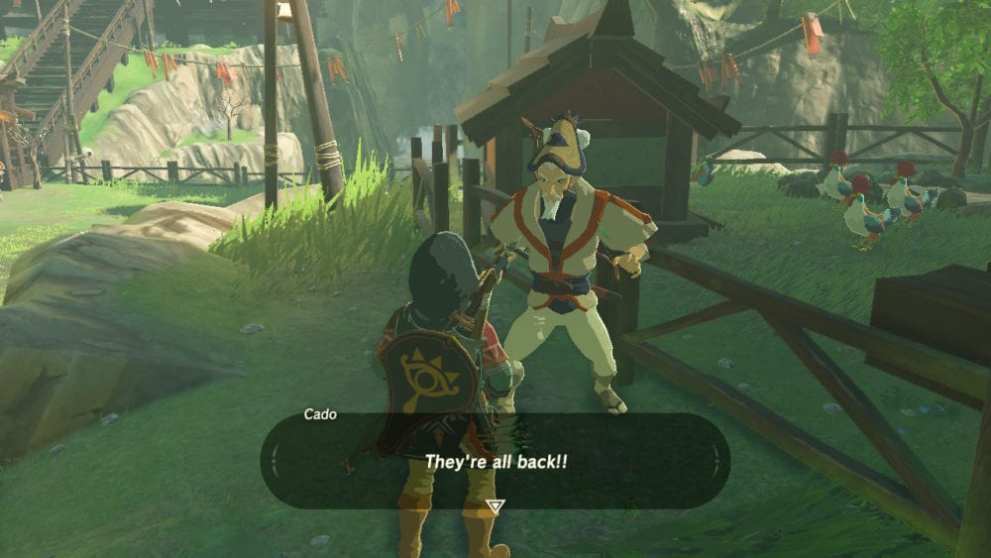
Side-quests were certainly not one of Breath of the Wild’s best attributes. They were there in plentiful supply, no doubt, but almost all of them boiled down to fetching items, and very few were strung together with any substantive story. That has to change next time around.
I think the lack of side-quests and the story to bring them to life actually directly relates to the lack of population I’ve mentioned above. Take away the towns and the people in them and you’re left with fewer characters and fewer meaningful objectives to give to players.
With larger towns full of more NPCs, there’d be a reason to pepper them with more vibrant and interesting characters to interact with, and in turn, more opportunity for story-telling through side quests.
With Breath of the Wild, Nintendo did an excellent job pushing the open world genre forward in meaningful ways in terms of gameplay experience, but storytelling and questing weren’t really a part of that. I’d like to see them tackle this facet of design in the sequel and show themselves capable of building an open world full of interesting narrative.
Dungeons (And Shrines)
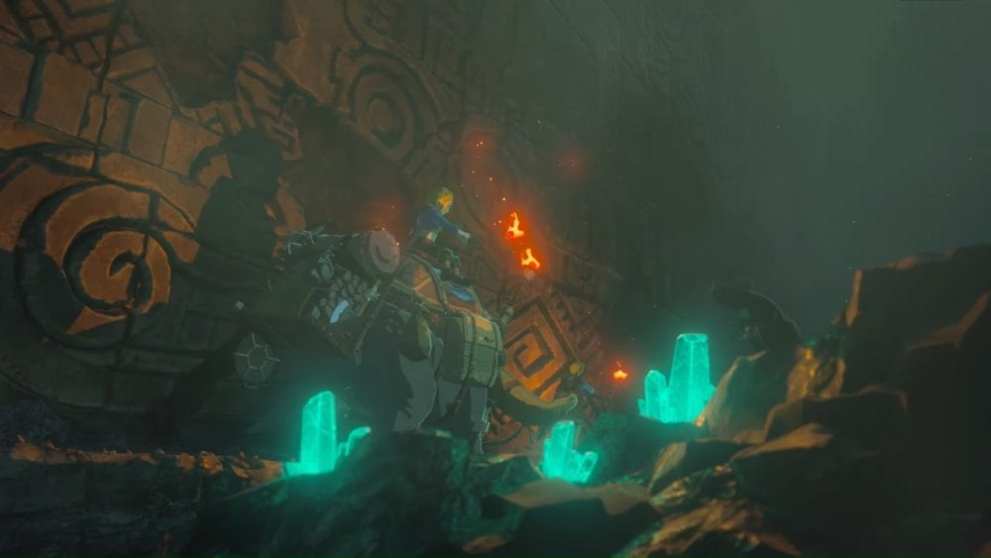
Although the concept of the Devine Beasts was clever, I never particularly enjoyed my time inside them. The novelty of manipulating their stance quickly wore off, and there wasn’t really anything beyond that in terms of puzzle design.
As a result, I found myself always rushing through trying to complete each as quickly as possible so I could get back to exploring the game’s vast open world. The outdoor exploration totally trumped that of the game’s dungeons, which is very unusual for a Zelda game.
For the sequel, I’d like to see what Nintendo can do with more traditional dungeons again. Perhaps, underground tombs, as alluded to in the sequel’s E3 trailer tease pictured above? I like the idea of discovering forgotten crypts underneath the ground, which reminds me of Horizon Zero Dawn’s Cauldrons.
But while we’re on the topic of dungeons –Nintendo, don’t get rid of the Shrines, whatever you do! Without a doubt, Breath of the Wild’s Shrines feature some of the most brilliant puzzles in any game and the bite-sized nature of their design was a masterstroke. They have to stay.
For me, the joy of discovering each of the game’s 120 Shrines scattered across the map never gets old, and I also appreciate how brief they are: long enough to provide variety and break up the experience, but never so long that one opts to ignore in fear of biting off more than one can chew.
Hyrule: Same, But Different
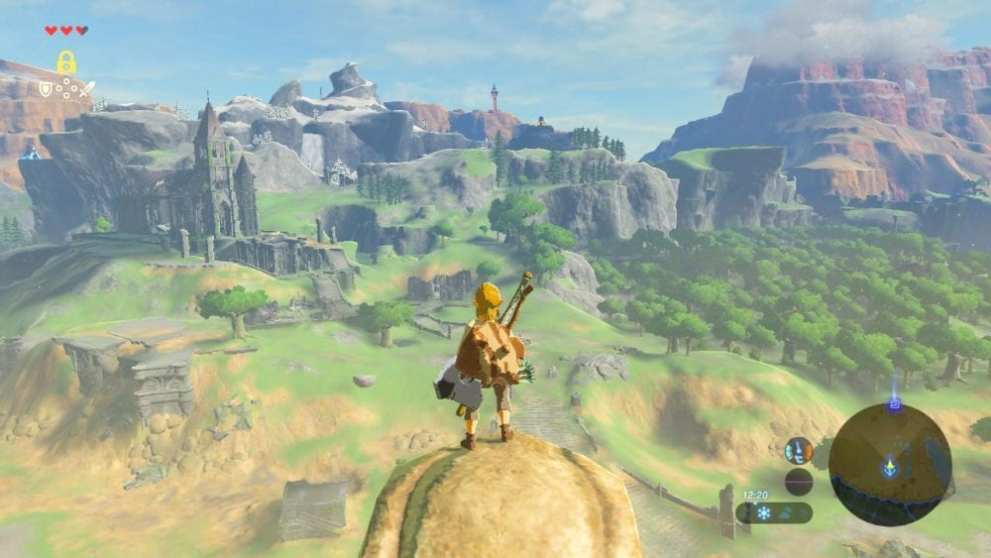
It’s not often that we get direct sequels to Zelda games, not least ones that are (presumably) to take place on the same map. Given that exploration was such a big focus of Breath of the Wild’s gameplay, it’s hard to imagine how the sequel is going to be compelling without some sort of massive alteration to Hyrule.
So what would that look like, then? Well, having already established that Hyrule needs more populated villages and towns, there’s a start — maybe the sequel takes place sometime after Breath of the Wild and a resurging Hylian population changes the landscape accordingly.
Realistically, though, things need to get much more radical than that. Nintendo surely can’t make a sequel that looks too similar to its predecessor, can they?
Legend of Zelda director Eji Aonuma has already confirmed that the upcoming sequel will feature a darker narrative tone, so I’d expect this to fuel some more dramatic changes to Hyrule. Perhaps Calamity Ganon returns in some other form, changing the climate or topography in some way?
Perhaps when we see Hyrule Castle move in the teaser trailer Nintendo is hinting at some sort of drastic change to the lay of the land? I’ve seen some suggest the castle might be readying itself for take off in some way, so could some sort of Studio Ghibli-esque floating islands be the big point of difference this time around?
We’ll have to wait and see, but one thing is for sure –as much as I loved exploring every inch of Breath of the Wild’s version of Hyrule, I’m not retreading the same ground a second time.
More RPG Mechanics, Less Survival Stuff
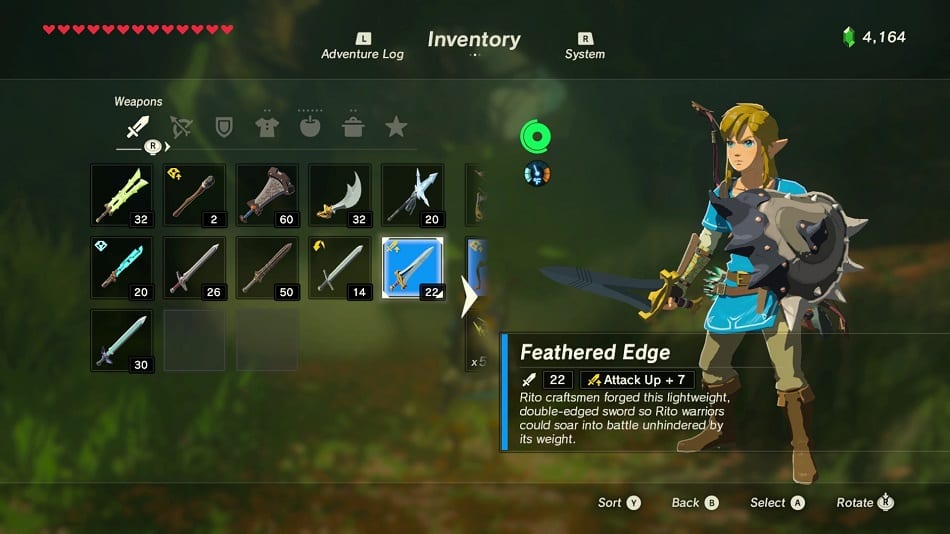
The debate as to whether The Legend of Zelda is an RPG series has raged for decades, but I think we can all agree that Breath of the Wild certainly moved the series as close to the genre as it has ever been. I myself am a huge fan of that decision, and I’m hoping that Nintendo takes it even further with this upcoming sequel.
Especially in the context of an open world setting, including progression mechanics and customization systems adds a much-needed layer to the gameplay experience.
I’m not sure I could imagine playing Breath of the Wild without the weapon and armor stats, and the ability to buff Link with different attributes via the cooking system.
More than just items, though, Breath of the Wild was the first Zelda game to really give players the option to effectively “level up.” It’s not done via combat but through Shrines, of course. Regardless, it’s a role-playing mechanic, and I think the game was better for it.
Knowing Nintendo, they’re not going to want to roll over and make a Zelda game with traditional level-through-combat mechanics. So maybe the upcoming sequel could add abilities into the mix somehow? Perhaps Link could wield magic or Sheikah technology, or stick to sword and archery — hey, those sound like different classes, don’t they?
One thing I’m not overly keen to see more of, though, is the survival mechanics. While the stamina bar certainly had its place, and the temperature gauge tied into the sense of being out in the wilderness, weapon degradation was a bit of a drag.
My hope is that what we’ve seen of survival mechanics is as far as they’ll ever go. Please, Nintendo, no hunger-meter or tiredness added, thank you!
